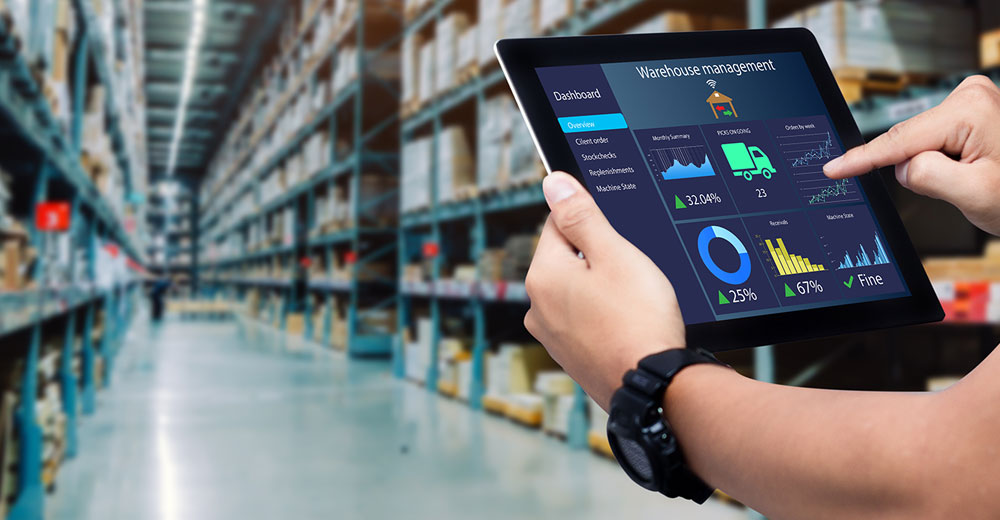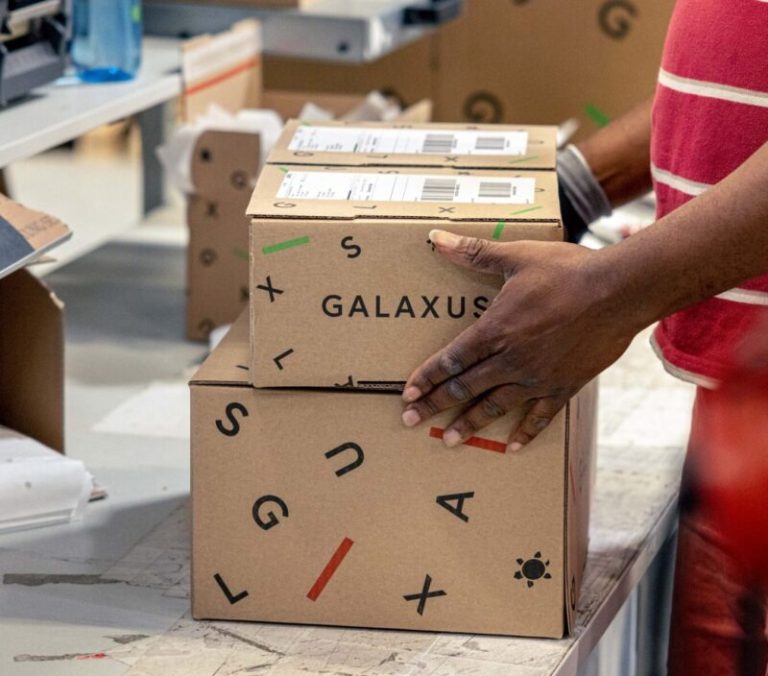
The U.S. is entering a new era of trade relations, one characterized by the recalibration of trade policy, escalating duty rates, and the use of tariffs and trade policy as a negotiation tool.
These shifts in trade relations have pushed many retailers into reactive mode, often with limited options to change where and who they purchase goods from.
To navigate this new landscape successfully, retailers need to proactively rethink their long-term supply chain strategies and work with their suppliers to navigate the new normal.
From Reactive to Proactive
Table of Contents
Reactive decision-making can carry substantial risk, especially given the dynamic nature of trade policy from year to year. If a retailer makes a major modification to their supply chain or inventory strategy based on a potentially short-lived policy change, they may incur unnecessary costs, delays, or inefficiencies as policies are reversed or delayed — a pain many retailers felt over the first half of 2025.
Instead, retailers should focus on building flexible and agile supply chains that can adapt to an evolving trade environment. Forward-thinking retail executives are proving that the most effective strategy is to make smaller-scale changes throughout their supply chains to improve flexibility, which helps to generate savings and offset costs.
A New Approach to Supply Chain Adaptation
In the past, retailers and manufacturers have relied on shifting whom and where they are purchasing goods from to minimize tariff impacts.
For instance, when the first Trump Administration introduced tariffs on Chinese goods in 2018, retailers responded by cutting the volume of goods coming from China and diversifying their suppliers, often increasing purchases from other, lower-tariff countries like Malaysia and Mexico.
Such actions had downstream effects on retailers, including extended delivery timelines, inventory shortages, and compressed margins.
While these changes increased supply chain flexibility and resilience, they were also capital and time-intensive. A retailer’s ability to directly offset increased duties is dependent on identifying suppliers in lower tariff locations from which they can purchase goods.
Reshoring production to the U.S. or nearshoring in Mexico, while a popular conversation topic for manufacturers in light of current U.S. trade policy, will take years and access to substantial resources to complete. As nearshoring and reshoring initiatives will not happen overnight, retailers must prepare for continued costs on the goods that they traditionally import from high-tariff locations.
Rather than focusing narrowly on re-sourcing, retailers should consider making targeted adjustments alongside their supply chain partners by examining the following three core components of their supply chain strategy:
1. Revisit the flow of goods. Retailers using manufacturers and suppliers on a global scale should assess which parts of their supply chains are and will likely continue to be least impacted by tariffs and trade policy changes, then shift the facilities they rely on accordingly. While these shifts will involve some capital investment and supplier contract negotiations, it is a critical step to improve the flow of goods and optimize the distribution network. Take, for instance, a U.S. furniture retailer facing increased tariffs on Chinese-made sofas. In response, they may evaluate suppliers in Vietnam. The most innovative retailers are taking these strategic shifts one step further, partnering with key suppliers to help them relocate all or portions of the manufacturing process, leverage transfer pricing policies to reduce the overall tariff burden, and redesign products to reduce consumption of high-tariff inputs.
2. Make profit-focused strategic choices. Retailers should carefully review the actual profitability and demand of specific SKUs, product categories, and customer types to make strategic decisions on which products to prioritize and which to discontinue. For many retailers, protecting shelf space and inventory levels for higher-margin SKUs with relatively stable demand, while discontinuing low-margin, costly SKUs that may be disproportionately impacted by tariffs, can result in significant margin improvement. Rationalizing SKUs can also free up working capital, allowing for volume purchases at a lower cost or forward buying before future trade policy changes.
3. Shift to an owned supply chain. Rising product costs and import duties have led leading retailers to re-evaluate their branded versus private label mix. To drive sales and continue to meet the needs of budget-conscious consumers, retailers are exercising more control over key supply chain decisions. These product decisions often include which materials to use, variants to offer, and which contract manufacturers to partner with — all of which can help retailers better manage profit margins. Successfully increasing a retailer’s private label offerings is not without operational challenges, however. Companies must invest in improved demand planning capabilities, product and quality teams, and enhanced supply chain technology to manage a more complex network of partners.
How Technology Powers Agile Supply Chains
Adapting supply chains through targeted adjustments requires access to substantial data to inform decision-making. Without access to the right information, retailers could make decisions that inadvertently increase risk, elevate costs, or slow operations. Yet many retail leaders find it difficult to make data-backed decisions due to how time-consuming it is to capture and analyze relevant information.
For example, many retailers and manufacturers lack visibility into the tariffs, duties, and freight expenses they are paying by product and/or shipment. However, they need to understand what they pay in import fees on a supplier-by-supplier level to truly understand their tariff exposure and determine how to adjust their network strategies.
This requires retailers to better track and analyze detailed information from their suppliers or shift their purchasing terms to bring control over duties in-house. Having visibility and access to duty data is a critical first step to understanding the full scope of tariff costs.
Leading retailers are investing in data lakes that enable them to pull data from multiple disparate systems, including their ERP, inventory systems, and POS data, and then leveraging AI and predictive analytics to probe their data for insights.
Using AI allows retailers to improve the pace and scale at which they make decisions. AI allows retailers to leverage their own data to better predict customer behavior without significant overhauls of their existing systems. AI can also be used to inform smarter product choices and analyze the performance of their current product mix at scale and in near-real time.
Retailers can also leverage that data to perform complex scenario modeling to support both short-term and long-term strategic decision-making. Information like tariff costs, product origin data, purchase prices, and logistic costs can be used to model the impact of possible shifts in sourcing strategies, as well as the financial impact of a trade policy change. By understanding the ripple effects, retailers can make more informed choices that may drive profitability.
Regardless of the technology strategy deployed, the last six months have highlighted the immense return on investment retailers stand to gain when they take even a small step towards mastering their existing data.
Looking Ahead
Agility is a critical characteristic of today’s successful retailers amid an uncertain trade landscape. To increase agility, retailers should look at the tactics they’re deploying and where they can improve or try something new — such as strategic product reviews and supply chain actions they can execute both independently and with partners.
By using technology to unlock the power of data for strategic planning, retailers can greatly boost supply chain efficiency and allow for real-time adjustments to sourcing, production, and logistics that directly impact the bottom line.
When it comes to supply chain management, retailers must play the long game. Rather than reacting to trade policy shifts in the moment, they should ask what decisions they can make that will serve their businesses over the next five years, not the next five days — supporting long-term goals while mitigating short-term risks.





